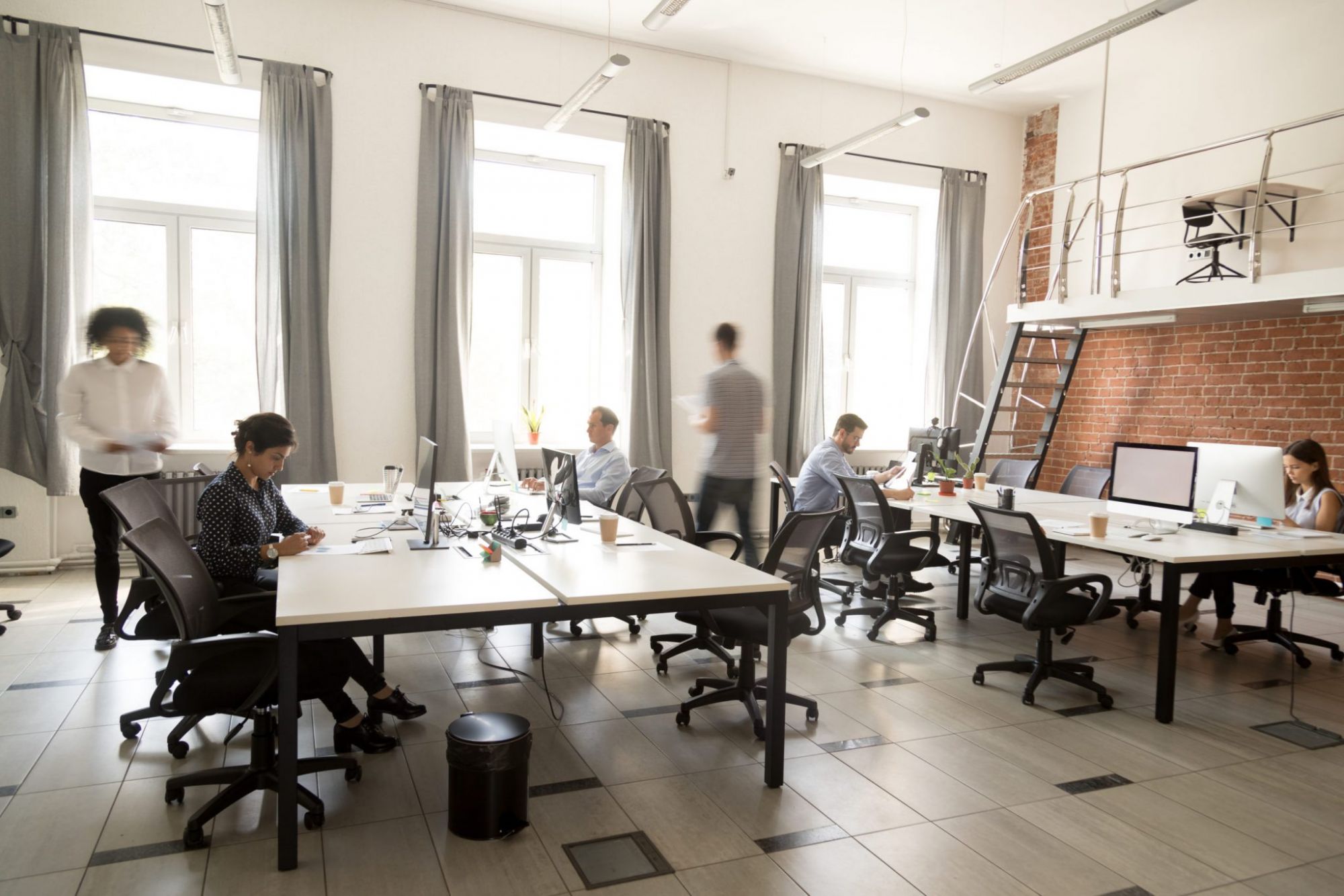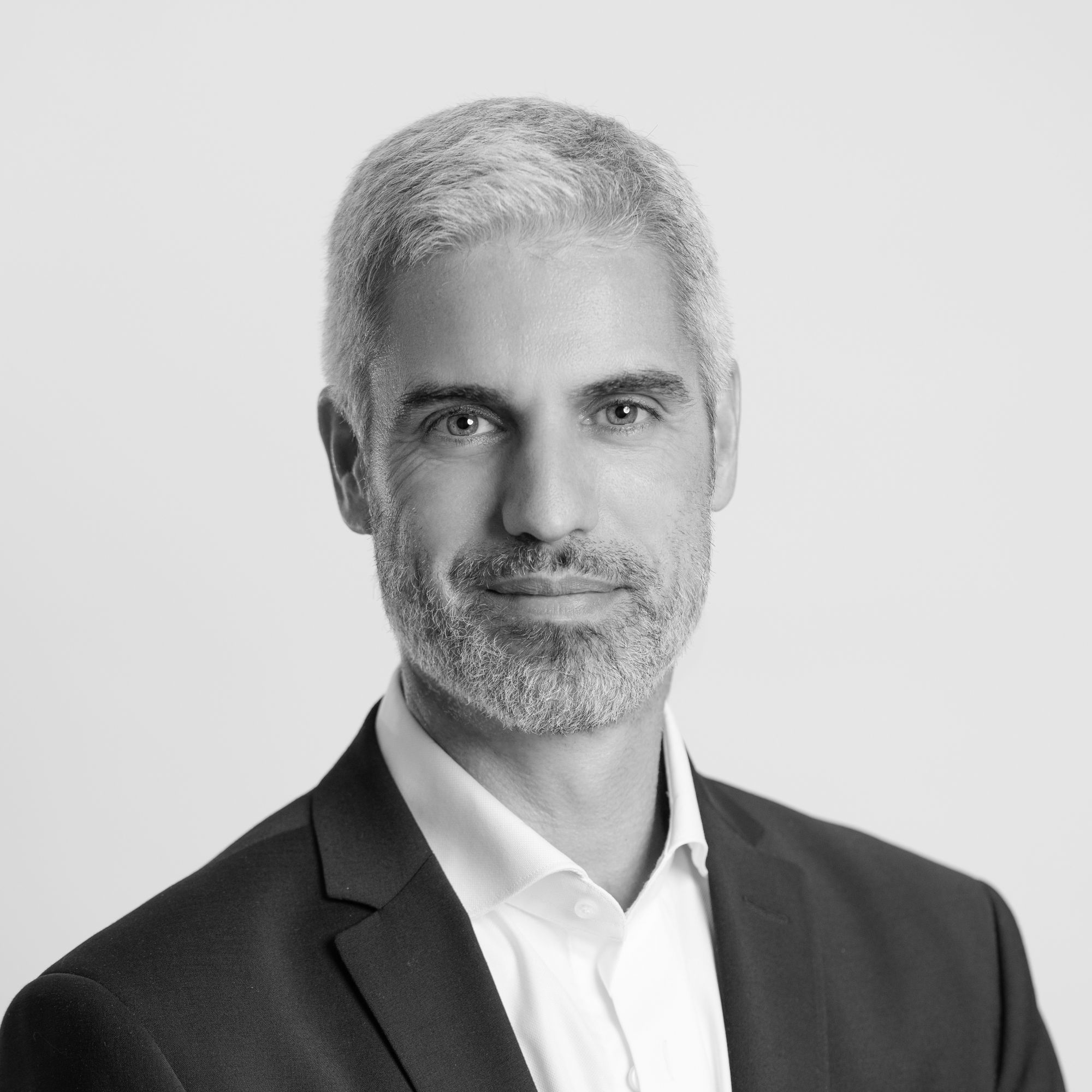- Home
- EN
- Our impact
- ProspeKtive
- 5 office trends in 2020

5 office trends in 2020
January 2020
Expert
2019 was a year rich in societal and environmental events. The way in which companies and employees have received them poses five areas for reflection for 2020.

An inclusive office. Strikes in transport are a reminder of this role of the workspace. Employees are in search of socialization, belonging and recognition. The coffee break is the moment par excellence. This is the moment of integration into the team for 67% of employees [1]. While the majority (92%) are taken with relatives, it is also a moment of exchange with less known people (63%) or with their manager; in particular to obtain feedback on their personal situation (54%) or their work (53%). Millennials, who are now in their thirties, are more politicians around coffee. They are 44% to have obtained a crisp information and 12% a file; against 27% and 7% respectively of those 35 and over.
An ergonomic desk. Back at the office, employees expect a suitable environment for work. Take advantage of ergonomic workstations and no longer suffer from the kitchen table. Not to be disturbed by a retired companion watching television. To be able to use a second screen, print a document or access specific material, etc. By their absence, these basics are remembered by us and qualify the injunctions at "the office as at home". An attractive office is more than a place to feel good, it is a place where you can work in comfort. Biophilic thinking goes so far as to say that you should leave the office healthier than when you get there.
A simple office. In the street or at work, spatial demands are multiplying. They talk about the difficulty of finding a place in a complex world. In the office, the questioning of unallocated spaces is continuous. The satire describes wandering individuals in search of seats, colleagues or meeting rooms. Digital plays an important role in this liquid world. New individual (PC and telephone), shared (mobile batteries) or integrated (induction charging) equipment improves mobility. With the deployment of agility, the question of display - and ownership - arises. Beyond attribution, it is sedentary lifestyle and mobility in space that must be rethought.
A platform office. On-demand services are transforming city life. In the office, this translates into an upgrading of service areas and site animation. The workspace is becoming digital thanks to applications bringing together available resources and employees. The employee is empowered and evolves in an à la carte environment, which he creates for himself. Managers are not left out: from the design stage, they organize themselves to analyze the uses of space in order to make the best use of it according to real needs. The rise of autonomous acoustic furniture is making arrangements more flexible to respond to the constant changes in organizations.
A committed office. Environmental awareness is taking shape. With the ELAN and PACTE laws, the state imposes and suggests CSR actions to companies. These are varied and range from attention to the origin of furniture, to setting up beehives or to services such as the delivery of organic baskets. The number of sensors measuring the quality of the working environment (air, acoustics, etc.) and the tools for reporting abnormal situations or giving advice are increasing. Finally, companies set up tools to monitor their actions; whether in terms of energy consumption, number of prints or even sorting and recycling of waste.
[1] https://www.ifop.com/wp-content/uploads/2018/04/salaries-pause-cafe_ifop.pdf
Photo: © fizkes / Adobe Stock
Release date: January 2020




